This blog is a continuation of the adventure started in the previous post VMware P2V Conversion. In that post, I used VMware tools to convert a physical web server running IIS on Windows 2003 Enterprise SP2 to a VMware virtual machine (vmdk). After the conversion, I ran it successfully using the VMware Player. In this exercise, I’ll convert the VMware (VMDK) to a Hyper-V (vhd) virtual machine – a V2V conversion.
There are a number of “hobby” tools out there that purport to make this conversion for you VMDK to VHD and VHD to VMDK. I’ve tried some and they’re not worth mentioning. Could we please find the Internet Delete key? My search led me to Starwind Software’s V2V Image Converter. I’ve used Starwind software’s iSCSI SAN product in the past to present a SAN to a Windows Failover Cluster. Like the iSCSI SAN product the V2V Image Converter is free. You can download it here: http://www.starwindsoftware.com/download-starwind-converter. Like all of their free products, you will have to register to download it.
Installation takes about a minute. Since this is going to run in the Lab’s Hyper-V environment, I installed it on one of the Hyper-V hosts. I converted two VMware virtual machines (vmdk). The first one was a Windows Server 2008 R2 which was created from scratch. The other one was “Opus”, the result of the P2V conversion.
The following screen shots take you through the V2V conversion for the Opus machine. First, launch the Starwind converter as shown below.
Click Next.
The File Open window allows you to locate your VMware file. You can use the File Type dropdown to select the type of virtual machine to convert. Select the file and click Next to continue.
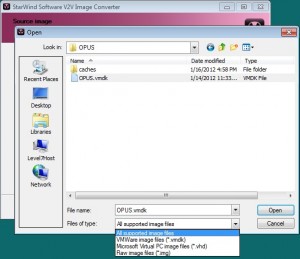
The following screen shot shows the selection confirmation page.
Click Next to continue.
For the destination file, select the format type. Notice there is no Hyper-V selection; however, the VHD type is used by both Virtual PC and Hyper-V. I’m going to have to make some modifications to the Integration tools that get installed when I brought up the converted file in VMware Player. If you perform a P2V on the converted file, you won’t run into the VMware tools issue and if they are present, just install the Hyper-V Integration Tools. Click Next to continue.
Use this window to identify your output file. The program will compute the space needed for the new file. Click Next to begin the conversion.
The progress window provides a visual of the process. This one took approximately 35 minutes. Click Finish and you’re done.
The next step is to create a Hyper-V virtual machine using the Hyper-V Management Console. I’m not going to show the steps in this post. When I launched my virtual machine, I was presented with a classic Microsoft “Catch-22”. I was asked to Activate a five year old OS. Unfortunately, I didn’t have network connectivity. The Hyper-V Integration Tools were not installed at that point and the NIC was non-functional, so I couldn’t activate on-line and I didn’t get an opportunity to “Ask me later.” It was use the phone to call Microsoft or “hit the highway.” So I couldn’t login to install the tools because I couldn’t activate. The result? I had to phone activate in order to Logon. Once Logged on, I could install the Integration Tools which installed the Hyper-V HAL which provided the Synthetic Drivers. This shis shown in the screen shot below.
So after a reboot, the VM is fully functional and incorporated into the Lab network – about an hour’s work including the phone call.
The other conversion of a Windows Server 2008 R2 machine went off without a hitch. The NIC came up, grabbed an IP address from the DHCP server and Windows activated online.
In summary, I have to say that the entire process from the P2V (VMware) to the V2V to Hyper-V wasn’t as bad as I though it could be. I was pleasantly surprised. Hope you have smooth sailing.
This posting is provided “as is” with no warranties, guaranties or any rights whatsoever. All content is based on the author’s experiences and opinions and is not intended to influence the actions of the reader.
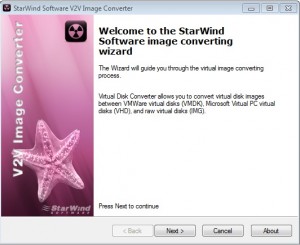
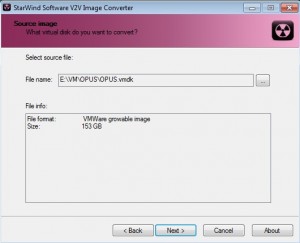
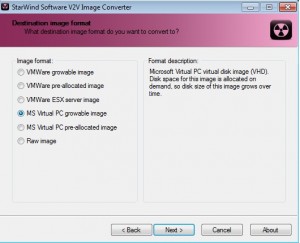
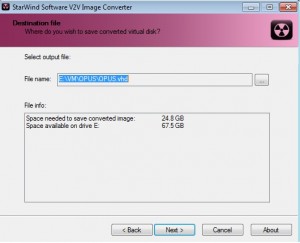
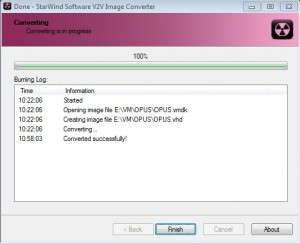
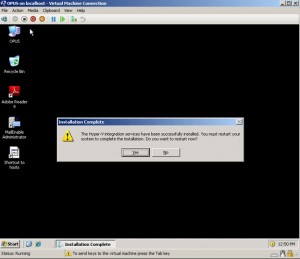

Pingback: Blast from the past – Windows 2003 Failover Clustering | Level 7 TechnoBlog